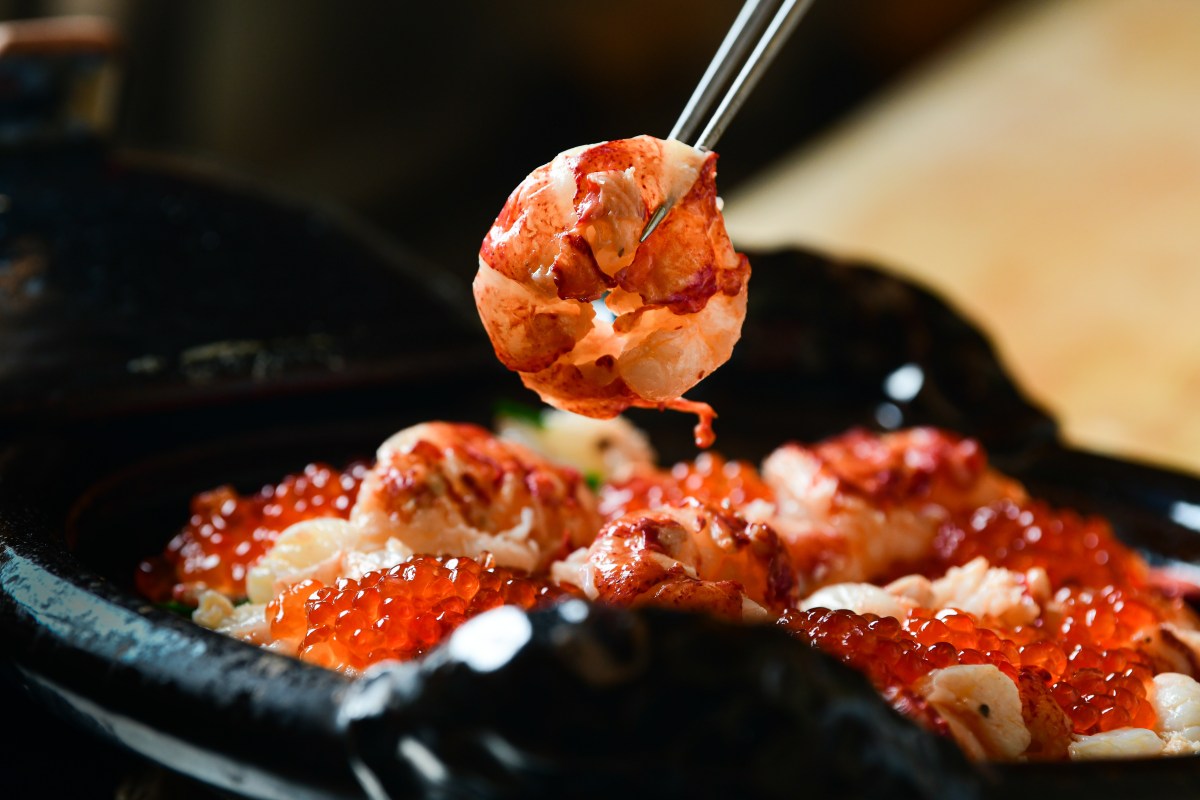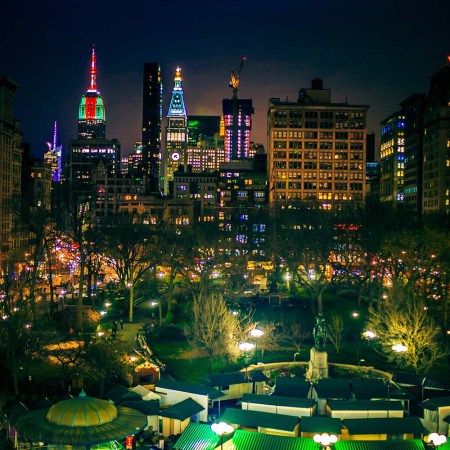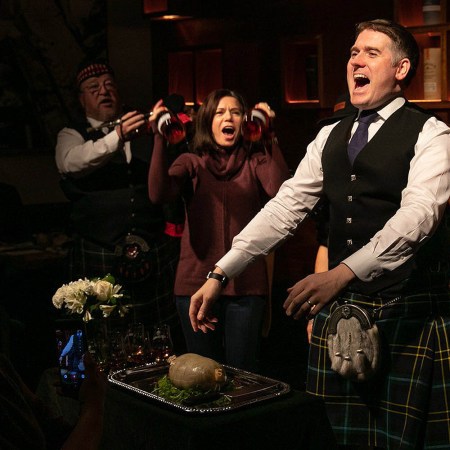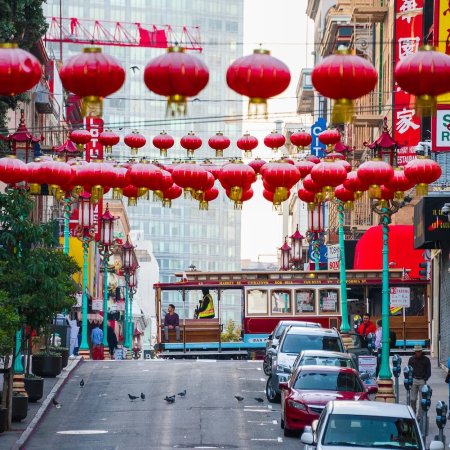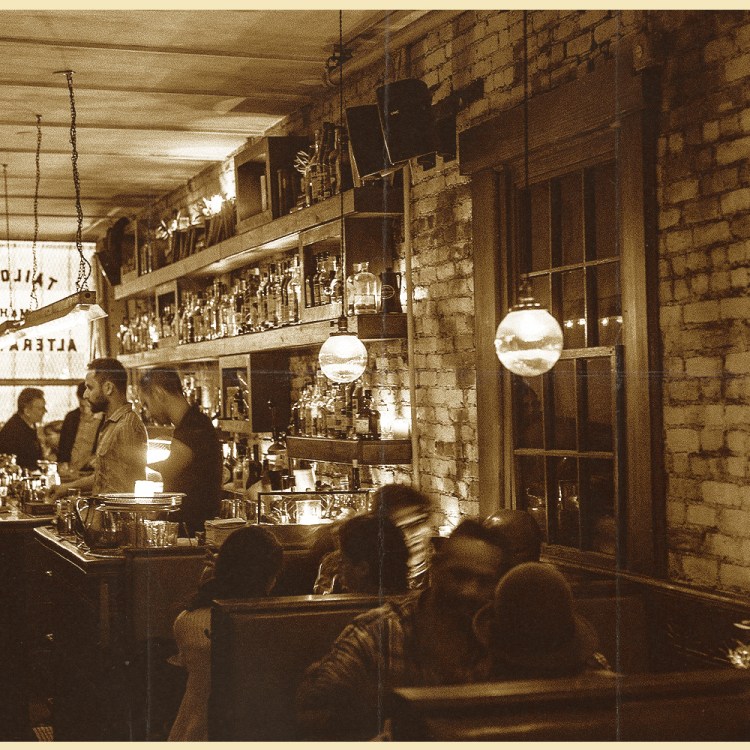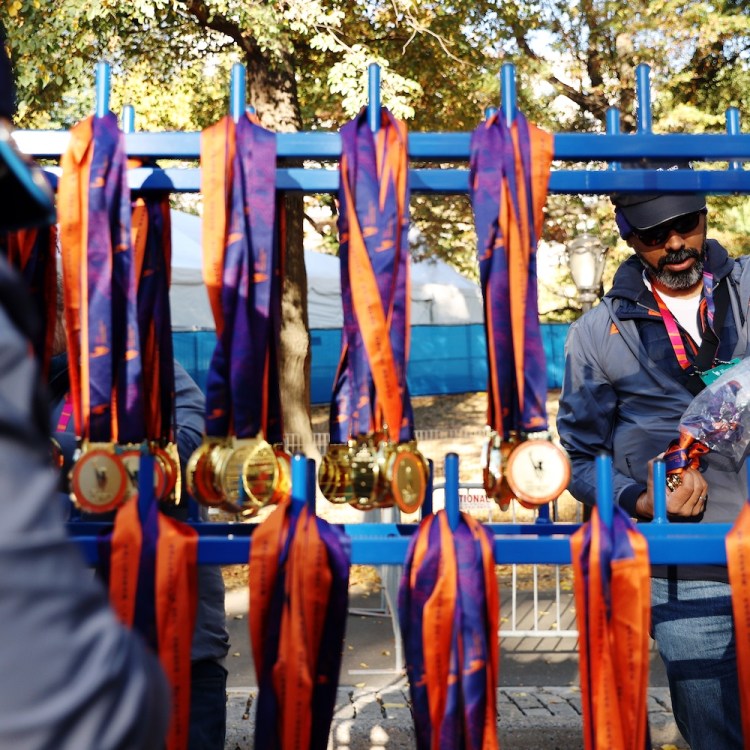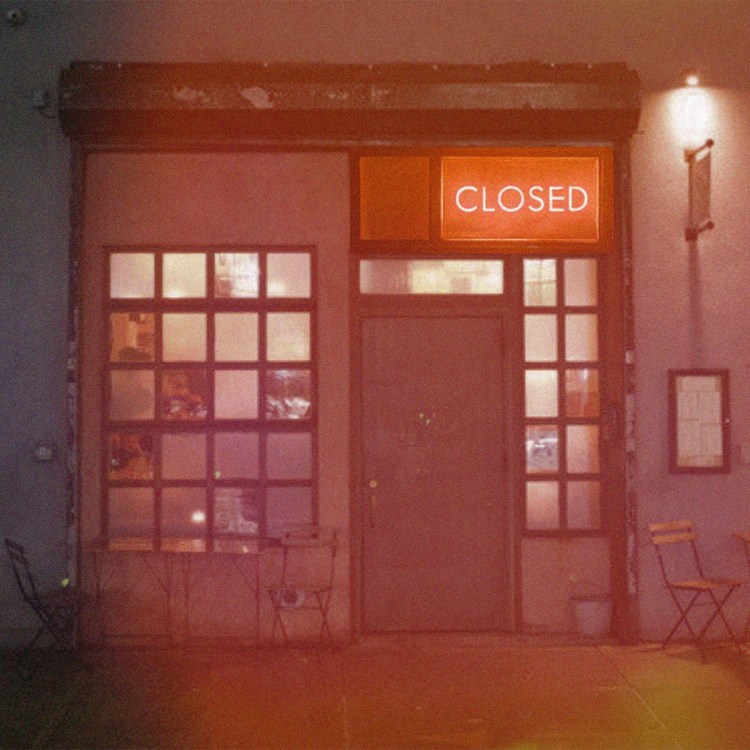In the middle of New York’s bustling midtown, there is, of all things, a 6½ Avenue. And on that 6½ Avenue, nestled between West 53rd and West 54th Streets, is a tiny enclave so small and quiet that for a few hours in its wood-lined walls, New York disappears completely. With a mere 20 seats, Kaiseki Room by Yamada is a respite from the whir of the subway and the honking of taxicabs, a moment of zen delivered via Japanese cuisine in its highest, most meticulously crafted form.
For the uninitiated, kaiseki is an elegant, centuries-old tradition in the Japanese culinary world, a formal multi-course menu considered the peak of Japanese dining experiences. Originally it started as a minimalist tasting menu to accompany tea ceremonies held by Buddhist monks, but over time became meals for samurai, luxe clientele in Tokyo’s red-light district and tea house visitors, among others. Among the oldest places to experience kaiseki in the world currently is Heihachi Jaya, which opened in Kyoto in 1576 and is still functioning. Always central to kaiseki, however, is shun: the use of ingredients at their prime seasonal freshness. It’s considered at this point that the food is both the best-tasting and the most visually appealing.
Kaiseki Room’s Chef Isao Yamada began his love affair with kaiseki at 19, when he read legendary Japanese restaurateur Teiichi Yuki’s The Flowering Spirit of Kitcho Cuisine, Kitcho itself a regarded kaiseki restaurant. Yamada was so enamored, in fact, he dropped out of college and went to cooking school at Osaka’s Tsuji Cooking Academy. After a year, he earned himself a spot at Kitcho in Kyoto and has been creating kaiseki experiences since then, at both Nagasaki’s Ryotei Hanzuiryo Hotel and in a restaurant of his own, Kaiseki Hanaei, in Fukuoka.
When famed Chef David Bouley invited Yamada to join his restaurant Bouley Upstairs in 2006, Yamada moved to New York. He later became executive chef of Bouley’s Brushstroke, which incorporated the Japanese kaiseki format with a menu of French influences and French techniques. While Brushstroke closed in 2018, Yamada has since been able to develop Kaiseki Room by Yamada, where he wants to return to more Japanese influences.
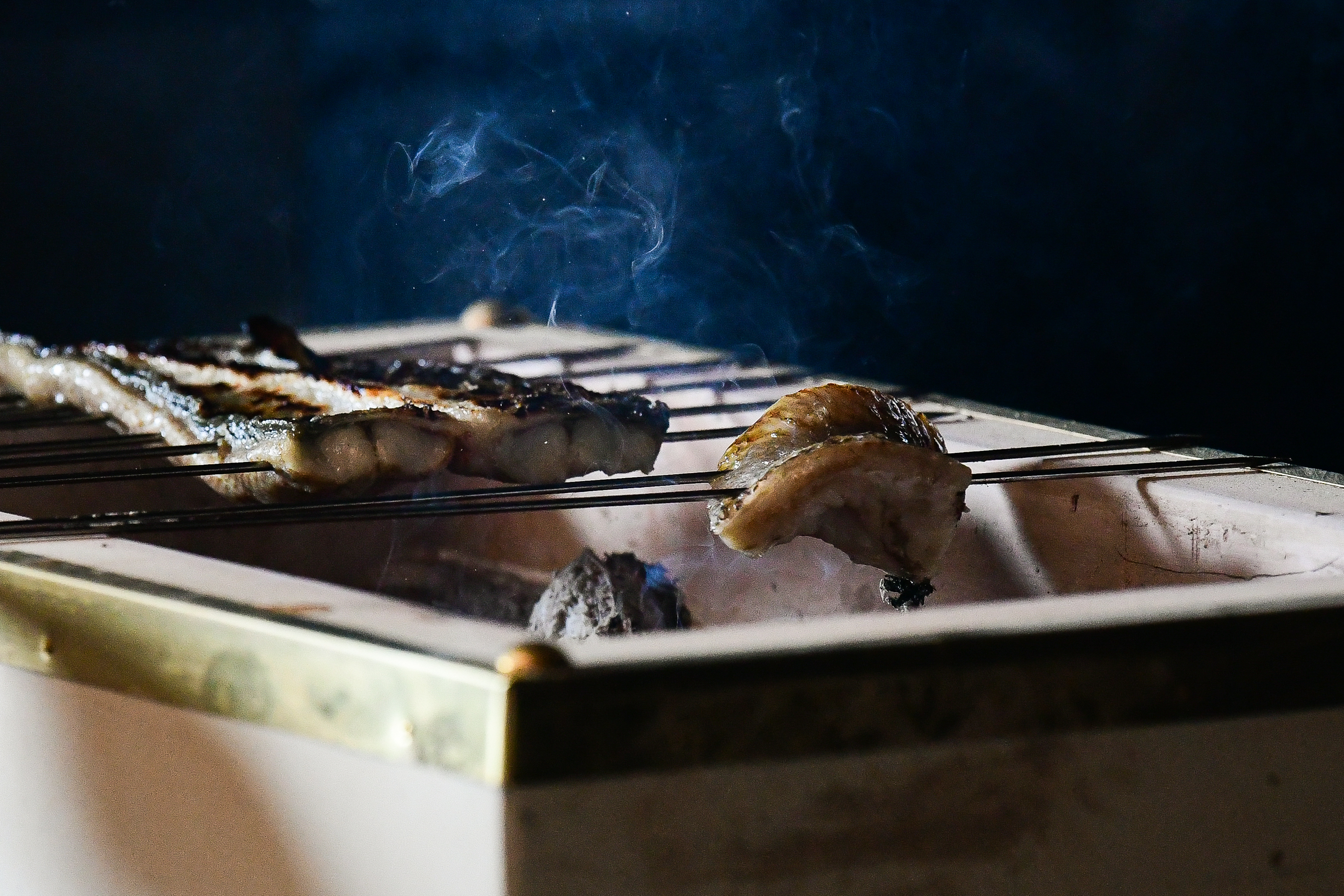
“Brushstroke restaurant, where I used to work as the executive chef, had a lot of French influences on the menu because it was a collaboration with Chef David Bouley,” Yamada said via email. “At Kaiseki Room here, I am aiming for purer Japanese cuisine than Brushstroke but incorporating a technique of French cuisine. And I would like to bring an innovation to Japanese cuisine.” His goal, he says, is to build a style that is both “Kaiseki of New York” and “Kaiseki of Yamada.”
In accordance with the principle shun, this includes the use of fine, classic seasonal ingredients, but also luxurious and rare items across a tasting menu of 11 courses at $300 per person. Amur caviar and olive wagyu — among the rarest steaks in the world, only produced in Japan’s Kagawa Prefecture by a small number of farmers, with only a few thousand of the cattle in existence — are some of them, as are French black truffle, duck, foie gras dashi, Maine lobster, Kue (a longtooth grouper that’s one of Japan’s most expensive fish) and more. Many ingredients are imported directly from Japan.
“I select the most delicious Japanese ingredients in the season and come up with the combinations with local mushrooms, ducks and truffles from Europe,” Yamada says. “I always think of the best way to bring out the deliciousness of them and the way to surprise my customers with joys. Our menu is changing every month, so I keep thinking about new menus every day.”
And while the kaiseki experience is a traditionally formal one, Yamada hopes visitors will enjoy themselves first and foremost. “Of course, the spirit and culture of Zen within Kaiseki cuisine are important, but I would like my customers to just enjoy the deliciousness of our food first. My purpose here is to share the most delightful moment with my customers in the same space,” he says. This is to say, there’s no trepidation necessary, and you don’t have to be a Japanese culinary scholar to appreciate it, either. “You don’t need to study the spirits of Zen or Japanese culture!” he laughs. “Please just enjoy the deliciousness of our food. The most essential spirit of Kaiseki cuisine is to share the delightful moment in the same space with others.”
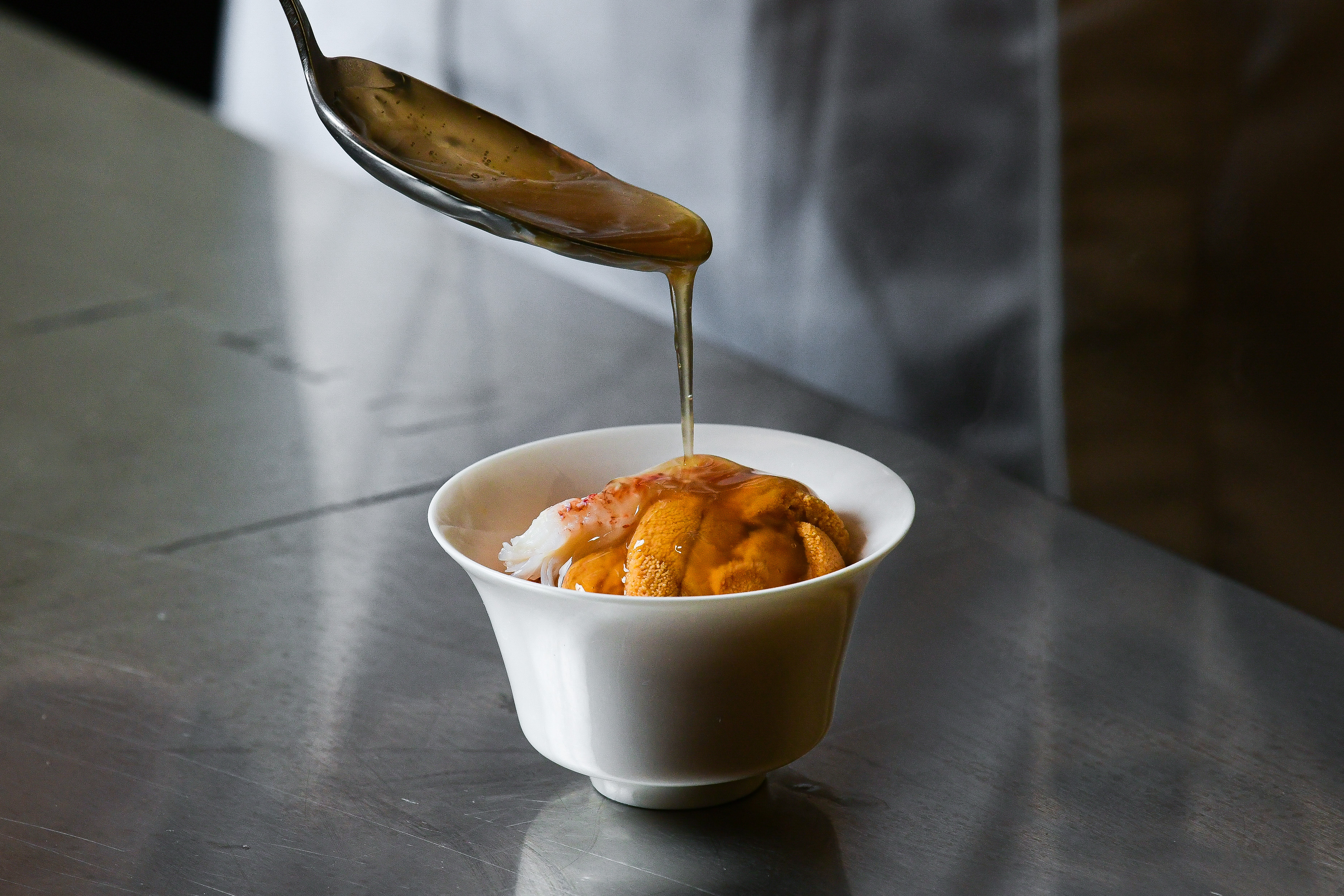
The space itself was deliberately envisioned as a cocoon by creative director Emil Stefkov of restaurant collective The Group, who have partnered with Yamada for Kaiseki Room. The restaurant is enveloped in a design of curved and lightly colored wood created by French designer and cabinetmaker Pierre Renart, its interiors the brainchild of designer Julien Legeard. Twelve counter seats face the chef’s preparations for the evening, each slice of buri (yellowtail) or botan ebi (a large, sweet shrimp) placed lovingly into a dish, massive chunks of lobster swirled about with rice and ikura, tiny pots filled with architectural mushrooms and tender abalone, and so much more. The menu changes both weekly and seasonally, and features a beverage pairing of sake, wine or shochu if desired, as well as a menu of a la carte beverages.
For Yamada, the experience of Kaiseki Room is indeed ultimately about joy, for both visitors and himself.
“To me, Kaiseki is the best tool for expressing myself and also, it is one of the tools to make people happy with the ability I have. I devote myself wholeheartedly to customers who come to our restaurant and feel happiness with them. This is the spirit of Kaiseki cuisine, called ‘Ichigo Ichie,’” he says. The latter principle translates roughly to “once in a lifetime.”
And while Kaiseki Room by Yamada doesn’t have to be a once in a lifetime experience — hell, go twice or more if you’re lucky — there is something magical about sitting for a few hours and just enjoying the intelligence and intricacy of a meal, down to the unique and thoughtful presentation of dishes and glassware. Each course tells the story not just of Yamada’s formidable skill and dedication to his craft, but his commitment to utilizing his own voice within it.
Every Thursday, our resident experts see to it that you’re up to date on the latest from the world of drinks. Trend reports, bottle reviews, cocktail recipes and more. Sign up for THE SPILL now.
